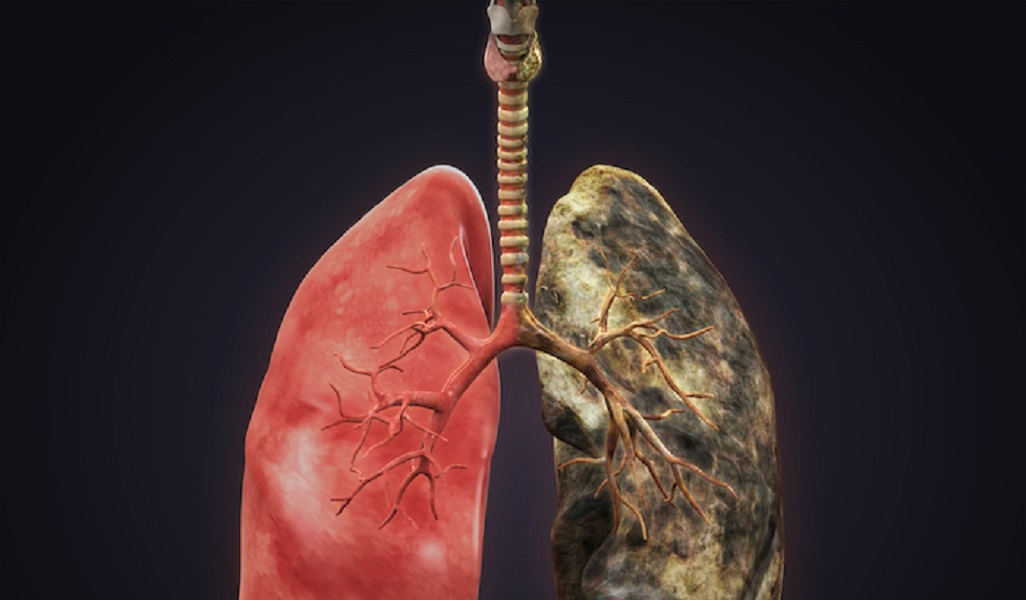News & Articles

Advanced Lung Cancer - Diagnosis & Treatment

I was recently diagnosed with advanced lung cancer and told to undergo a biopsy. What is a biopsy, and is that necessary? How does a biopsy help in my treatment plans?
Introduction
In a patient suspected of having an advanced lung cancer, his / her CXR or CT scan will often show abnormal shadows suggestive of an underlying cancer. Common questions include: are we sure it’s a cancer? How can we be sure? If its cancer, how can I be treated? I want to avoid chemotherapy, are there other options?
A biopsy involves removing a small sample of tissue and send to a laboratory for examination. Information from the examination will provide the answers to the above questions.
Common biopsy procedures
A CT guided needle biopsy involves inserting a needle through the chest wall, traversing the lung, into the tumour. During the procedure, patient is awake, local anaesthetic is given, and the biopsy is guided by CT images.
In bronchoscopic biopsy, a small tube is inserted through the nose or the mouth into the lungs. Abnormal looking areas in the airway is sampled. Abnormal lesions outside the airway can be biopsied using built-in ultrasound probe to guide the biopsy needle.
Histological diagnosis and predictive markers.
The biopsy samples are examined under the microscope by the pathologist. Once a cancer is confirmed, tests will be done to subtype the cancer into small cell and non-small cell carcinoma. The latter will be further subtyped into adenocarcinoma or squamous cell carcinoma.
Additional tests (predictive markers) will be done to help decide on the most appropriate treatment – chemotherapy, targeted therapy or immunotherapy.
Predictive Markers for Targeted Therapy
Targeted therapy is preferred by both clinicians and patients as it is effective, well tolerated and usually taken as an oral tablet. However, only tumours with a sensitising mutation (genetic alterations) will respond to targeted therapy.
Mutations with effective targeted treatment include the EGFR, ALK, ROS1, BRAF and NTRK genetic alterations. Other commonly tested genetic alterations include the MET, RET, HER2 and KRAS mutations.
Predictive Markers for Immunotherapy
Immunotherapy is more effective in tumours expressing a high level of PDL1 protein. Patients with a high PDL1 level (and without mutation) can be effectively treated with immunotherapy alone, sparing them the side effects of chemotherapy. In patients with a low PDL1 level, the combination of immunotherapy and chemotherapy results in longer survival compared to chemotherapy alone.
Chemotherapy
Chemotherapy is still commonly used and remain relevant in the current era of targeted therapy and immunotherapy. It is usually used in patients without a sensitising mutation, either alone or in combination with immunotherapy.
| POSTED IN | Cancer Treatments |
| TAGS | cancer diagnosis, cancer mutation, chemotherapy, immunotherapy, lung infection, stage 4 cancer, targeted therapy, tumour markers |
| READ MORE ABOUT | Lung Cancer |
| PUBLISHED | 20 June 2020 |
